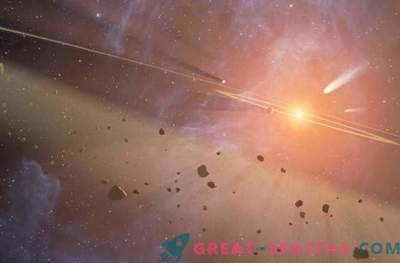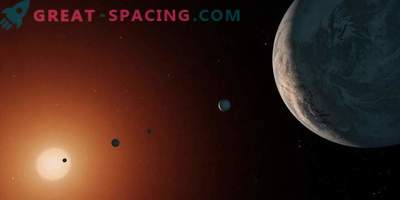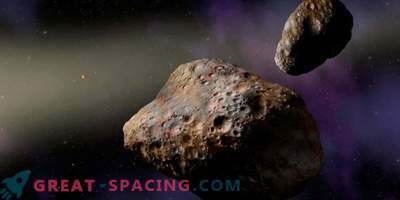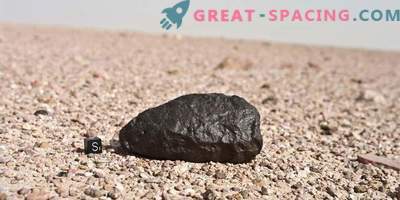
Early solar disk with a plug-in image of a blue hibonite crystal. This is one of the first minerals created in the system.
The beginning of solar life is a mystery. It erupted 4.6 billion years ago, that is, 50 million years before the formation of the Earth. Since the star is older than our planet, it is difficult to find physical objects present in the early days of the system. These materials carry the chemical records of the early Sun. However, a new study found blue crystals in meteorites, showing a turbulent stellar past.
In the early period, the Sun was incredibly active and experienced many eruptions and released a more intense stream of charged particles. Minerals are microscopic ice crystals called Hibonite. Their composition contains targeted chemical reactions that could occur only if the early Sun released a lot of energy particles. The crystals appeared more than 4.5 billion years ago and save records about some of the first events that occurred in the solar system. They are tiny (some less than 100 microns in diameter), but they managed to retain the highly volatile noble gases produced by the exposure of the young Sun.
Until the formation of the planets, the Solar System consisted of a star and a massive disk of gas and dust. The region was incredibly hot with over 1500 ° C. When the disk is cold, the first fusion of minerals began to create blue hibonite crystals. The young Sun continued to flare, releasing protons and other subatomic particles into space. Some of them were hibonites. When the protons pierced the atoms of calcium and aluminum in the crystals, they split into smaller atoms — neon and helium. The latter remained trapped for billions of years. As a result, the crystals were in the cosmic rocks that fell to Earth in the form of meteorites.
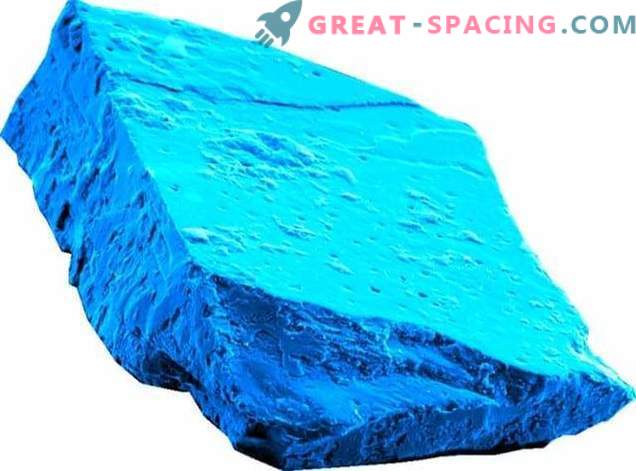
Tiny hibonite crystal from Murchison meteorite
Scientists studied meteorites to search for evidence of the early active Sun, but found nothing. However, there was a suspicion that the problem is not enough sensitive technologies. Now used a unique modern mass spectrometer from Switzerland. This machine in size reaches the parameters of the garage and reveals the chemical composition of objects. The laser melted Hibonite’s tiny crystalline grain, releasing helium and neon. This is concrete evidence that the Sun was more active in the past.
In addition, disk materials were subjected to direct irradiation and found that the most ancient minerals of the system experienced an irradiation phase that was avoided by younger materials. That is, after the appearance of the Hibonites, significant changes occurred in the system. Perhaps decreased solar activity or later materials could not approach the area of the disk.









